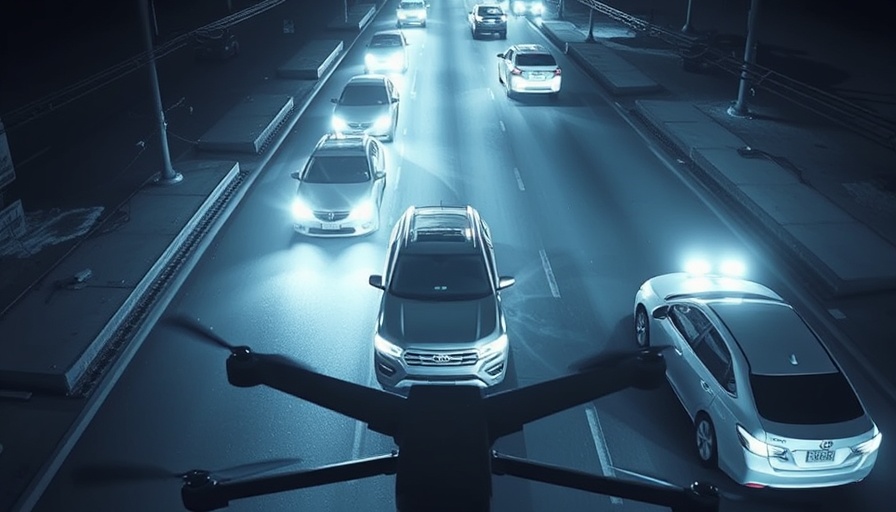
The Startling Incident in Albuquerque
The recent standoff involving two young boys, ages 7 and 9, in Albuquerque has raised profound questions about child safety and societal responsibility. On February 16, deputies from the Bernalillo County Sheriff’s Office (BCSO) were called to a residence where the children were reported handling a loaded handgun. This alarming situation drew attention nationwide, fueled by over 50 previous emergency calls to the same home. The drone footage released by BCSO speaks volumes about the chilling reality of this encounter, where children were caught in the crosshairs of firearms awareness that they were not mature enough to grasp.
How Did We Get Here?
The backdrop of this incident showcases systemic issues in child upbringing and education concerning firearm safety. With Sheriff John Allen stressing that the boys had been taught how to use the gun, it underscores the need for responsible parental guidance and community intervention. Especially today, where gun ownership is prevalent and instructional resources can sometimes be misleading, establishing a robust mechanism for educating children on weapon safety is critical. Without proper education and maturity, children can easily find themselves facing life-threatening scenarios.
Lessons Learned: The Role of Law Enforcement
The procedures employed by BCSO exemplify how law enforcement can approach crises involving minors. With a behavioral health unit integrated into the police response, deputies were able to handle the situation without resorting to lethal force, a critical deviation from the traditional policing model that often employs more aggressive tactics. Allen emphasized, “If they were several years older, we’d probably be speaking differently,” highlighting the importance of age-appropriate responses. The use of drones provided valuable situational awareness that ultimately prevented what could have been a tragic outcome.
Barriers in Behavioral Health Services
Despite the successful conclusion of the incident, the subsequent efforts to provide wraparound services to the boys faced significant hurdles. Michael Lucero, clinical manager of BCSO’s Behavioral Health Unit, pointed out that accessing timely mental health services is a complex task fraught with bureaucratic challenges. Delays in treatment, coupled with issues like Medicaid denial due to age, reflect the larger systemic problems within mental health services. Without efficient solutions, families like that of the boys may struggle to receive necessary support.
A Broader Vision for Public Safety
In light of this incident, it is vital for lawmakers and community leaders to rethink policies around youth firearms education, mental health resources, and law enforcement interactions. A multi-faceted approach is required to address the roots of juvenile crime, promoting rehabilitation instead of punishment. By supporting initiatives like the BCSO Behavioral Health Unit, policymakers can lay the groundwork for a future where children are shielded from the impacts of violence and equipped with valuable tools for success.
Public Safety and Future Initiatives
The incident in Albuquerque is not merely an isolated case; it serves as a reminder of the urgent need for reform in how society addresses juvenile safety and crime prevention. The call for increased funds in behavioral health units and police training focused on non-lethal crisis intervention strategies aligns with an overarching goal — ensuring safety for everyone involved, especially our youth. We can foster communities that prioritize education and intervention by investing in programs that address the underlying issues contributing to violence.
Final Thoughts
Every community must take a stake in public safety, embracing both proactive measures and empathetic responses to incidents involving children. The focus should be on constructive engagement rather than punitive measures, fostering an environment where children can learn to navigate the complexities of our society safely. We must reflect on how we react to such incidents and consider how we can prevent tragedies from occurring in the future.
 Add Row
Add Row  Add
Add 

 Add Element
Add Element  Add Row
Add Row 




Write A Comment